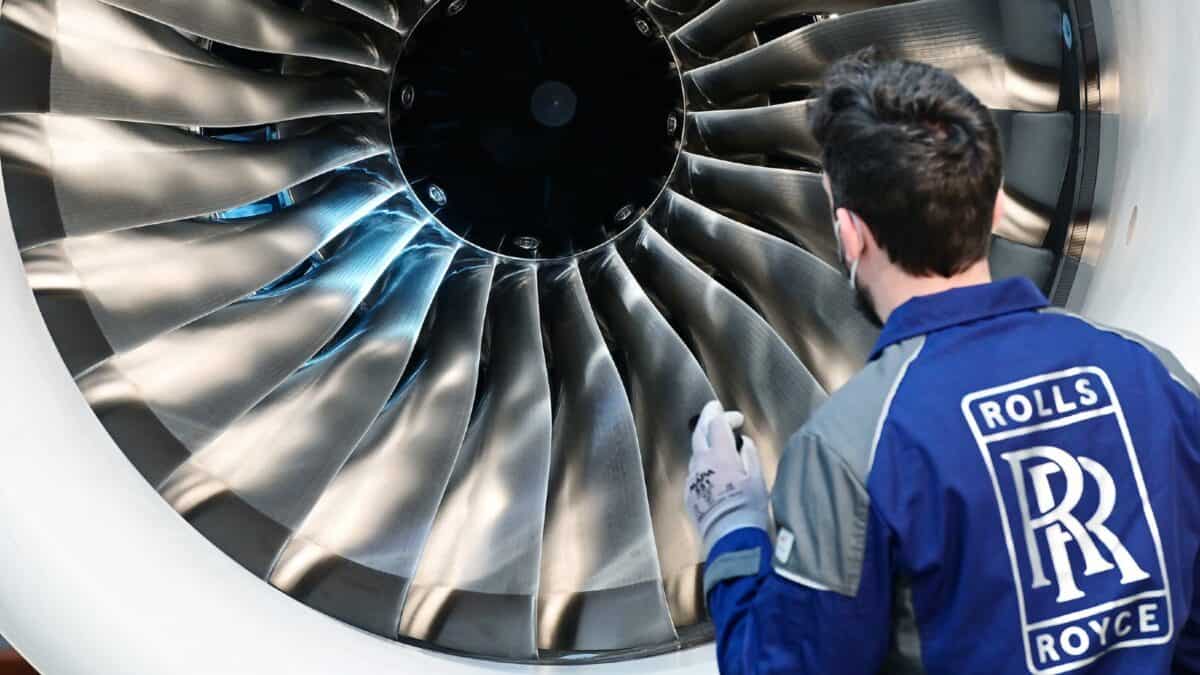Last year, the best-performing share in the FTSE 100 index was aeronautical engineer Rolls-Royce (LSE: RR). This year, the company has almost achieved the same impressive feat again. Rolls-Royce shares have soared 93% so far in 2024, on top of that stellar performance last year.
What if the company has another knockout year in 2025?
Another 93% rise would take Rolls-Royce shares to around £11.14 apiece.
Passive income stocks: our picks
Do you like the idea of dividend income?
The prospect of investing in a company just once, then sitting back and watching as it potentially pays a dividend out over and over?
If you’re excited by the thought of regular passive income payments, as well as the potential for significant growth on your initial investment…
Then we think you’ll want to see this report inside Motley Fool Share Advisor — ‘5 Essential Stocks For Passive Income Seekers’.
What’s more, today we’re giving away one of these stock picks, absolutely free!
Ordinarily I would not expect a mature, blue-chip company with a large market capitalisation to almost double in value if it had already done so the prior year. But the engine maker did that this year. Why not next?
Let’s explore.
Momentum and fundamentals
Nobody knows what will happen in future in the stock market, or in the case of an individual share price.
But as a general rule of thumb, a couple of things that can tend to move a share up or down are what are known as fundamentals and momentum.
Those drivers are pretty much as they sound: one is about the fundamental commercial outlook of a business meriting a higher or lower share price, while the other reflects the fact that some shares get pushed higher or lower by a run of investor optimism or fear that may not always be perfectly rational.
They can play off each other: positive (or negative) fundamentals can help grow momentum in share price movement.
But many investors take comfort in the idea that momentum tends to be shorter-lived than fundamentals: in the long run, strong performance will out.
Rolls-Royce is a business performing well
That can be truer on the way up than the way down (think of Gamestop as an example). Positive momentum can help a business raise cash that in turn improves its fundamentals.
By contrast, negative momentum in the stock market can push a company into the ground faster than its business fundamentals may justify.
Clearly, Rolls-Royce shares have benefitted from momentum as a fear of missing out has led investors to pile into the story. That poses a risk: if the momentum shifts, Rolls-Royce shares could come crashing down even in the face of strong business performance.
Indeed, Rolls is performing well, having focused its business and set ambitious medium-term performance targets. It is also benefiting from renewed strong civil aviation demand after the challenging pandemic years.
Lots riding on delivery
As a long-term investor, not a trader, I consider both momentum and fundamentals (since they can affect share prices) but make investment decisions based on how I think a business will perform.
Rolls-Royce shares already trade on a price-to-earnings (P/E) ratio of 21. For the share to get to £10, the P/E ratio would need to hit around 36, which is far too high for my tastes, or earnings per share would need to jump sharply.
I think expectations of strong business performance are already built into the price. Meanwhile, while earnings per share could benefit from the company’s cost-cutting and strategic focus of recent years, there are still risks.
Any sudden slowdown in civil aviation demand could hurt profits badly – and they have happened sporadically and unexpectedly in the past. That risk alone puts me off investing at the current price.








